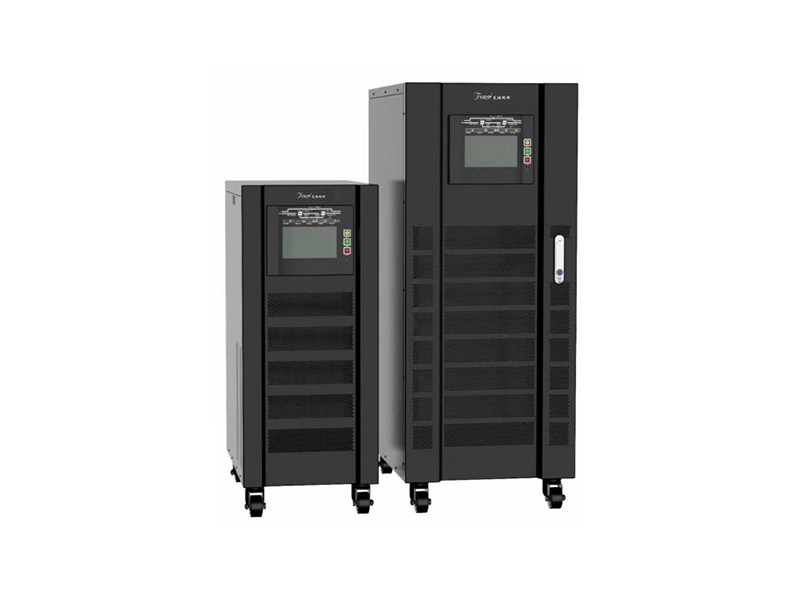language
In today’s interconnected world, stable network connectivity is essential for both businesses and homes. Whether it’s for servers, routers, modems, or switches, maintaining continuous power to network equipment is crucial to avoid downtime, data loss, and communication breakdowns. That’s where an Uninterrupted Power Supply (UPS) — or Uninterrupted PS — comes in. Selecting the right unit for your network infrastructure can make a significant difference in performance, security, and operational continuity.
Why Network Equipment Needs an Uninterrupted PS
Network equipment is often the backbone of digital operations. When the power goes out, even briefly, your systems can go offline — interrupting internet access, cloud services, remote communication, and internal file sharing.
An Uninterrupted PS serves as a safeguard, providing backup power instantly when an outage or voltage issue occurs. It also protects against power surges, spikes, and voltage fluctuations that could damage sensitive networking devices.

Key Considerations When Choosing a UPS for Network Equipment
1. Power Capacity (VA and Watts)
Determine how much power your networking gear draws. Each UPS is rated in volt-amperes (VA) and watts. Always ensure the UPS you select can handle the combined load of your devices, with some headroom (typically 20–30% more than your total power requirement) for added safety and possible future expansion.
Example:
Router: 20W
Switch: 30W
Modem: 15W
Total: ~65W → Choose a UPS rated for at least 100W
2. Runtime Requirements
Runtime refers to how long the UPS can keep your equipment powered during an outage. For networking gear, even 10–30 minutes of backup time can be sufficient to stay online during short outages or to allow graceful shutdown.
If your internet connectivity supports critical operations like VoIP, surveillance systems, or VPNs, you may require longer runtimes or external battery packs for extended support.
3. UPS Type
Offline (Standby): Suitable for basic home or small office use. Switches to battery only when power fails.
Line-Interactive: Offers voltage regulation and is more suitable for areas with frequent brownouts or surges.
Online (Double-Conversion): Provides the highest level of protection, constantly supplying clean, stable power—ideal for enterprise-level networks or environments with unreliable power.
For most small business or home networks, a line-interactive UPS offers a good balance of protection and cost-efficiency.
Such as AF8900 series Online Transformer Based UPS 3 phase input and 3 phase output, with a single unit capacity ranging from 10KVA to 400KVA, is a high-performance sine wave uninterruptible power supply system designed for large-scale critical application systems such as data processing centers, host systems, manufacturing and telecommunications equipment, and medical equipment.

4. Outlets and Form Factor
Check that the UPS has enough outlets for all your devices, and that they’re appropriately spaced to accommodate different plug types and sizes. Some models include a mix of battery backup and surge-only outlets—ensure your critical equipment is connected to the battery-backed ones.
Choose a form factor that suits your setup:
Tower-style UPS: Ideal for home and small office use.
Rack-mounted UPS: Best for network closets and server rooms.
5. Surge Protection and Filtering
Voltage surges from lightning or power grid changes can damage sensitive networking equipment. A good UPS provides built-in surge protection and electrical noise filtering, which helps extend the life of your devices and ensures consistent performance.
6. Remote Monitoring and Management
For IT professionals managing critical infrastructure, features like remote monitoring, alert notifications, and network management cards are extremely useful. These allow for real-time status updates, load levels, and battery health checks—even from offsite locations.
7. Battery Replaceability and Maintenance
Look for UPS units with user-replaceable batteries, so you can swap them out without downtime. Hot-swappable battery support is especially helpful for systems that require continuous operation.
Additionally, some models offer predictive battery failure alerts to help prevent unexpected power loss.
Choosing the right Uninterrupted PS for your network equipment is not just about having a backup power source—it’s about ensuring operational stability, data integrity, and uninterrupted connectivity. Whether you're supporting a home office or managing a complex network environment, the right UPS can protect your infrastructure from power-related risks and minimize disruption.